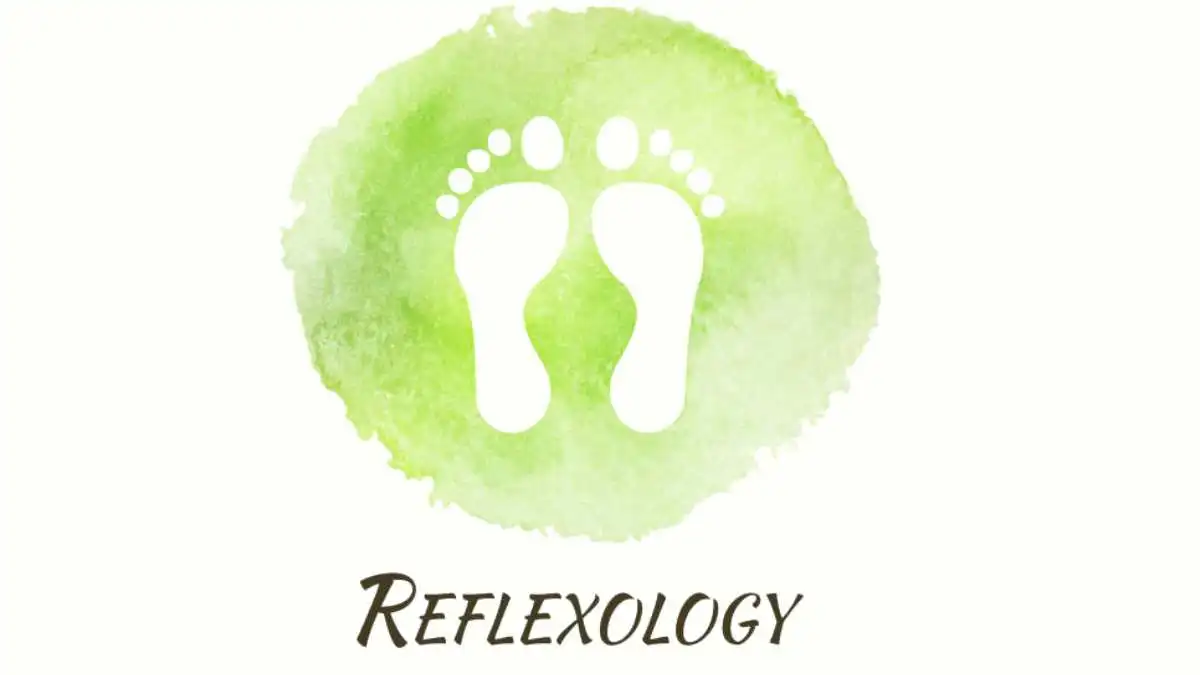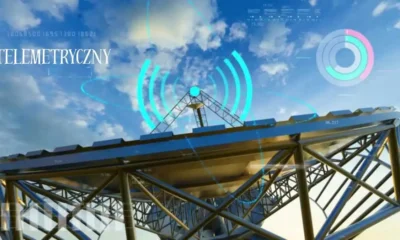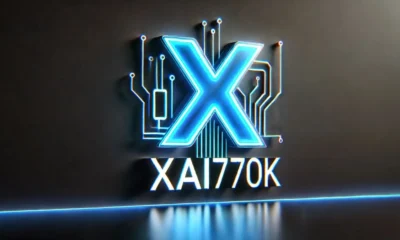HEALTH AND FITNESS
The Healing Art of Reflexology: A Journey to Wellness

Beyond the simplistic view of a foot massage, reflexology is a structured therapeutic practice involving specific finger and thumb movements on the feet, hands, and ears. Practitioners believe these points create a map of the body and that activating particular areas can stimulate corresponding organs. This therapy is designed to relieve physical pain and discomfort and harmonize the body’s processes.
In the hustle and bustle of modern life, many people seek practical solutions to manage stress and improve overall well-being. One practice that has garnered attention for its holistic approach is reflexology. This time-honored therapy promises a calming experience that not merely soothes the mind but also supports various aspects of physical health. Individuals can unlock its myriad benefits by delving into reflexology Pasadena, CA and incorporate them into everyday self-care routines.
Reflexology is a treatment method that connects reflex points on the feet, hands, and ears to various body systems. It aims to clear energy blockages, enhance the body’s natural mechanisms, and relieve chronic ailments, stress management, and overall quality of life.
The Health Benefits of Reflexology
Reflexology has gained recognition for its potential benefits to both physical and mental health. The practice can significantly reduce stress levels and enhance circulation, positively impacting overall health. Various studies suggest that reflexology can alleviate chronic pain, headaches, digestive issues, and sleep disturbances. Reflexology promotes relaxation, mood improvement, and well-being, making it a popular complementary therapy for alternative health solutions, though further research is needed to explore these claims fully.
Scientific Support for Reflexology
Although some in the medical community view reflexology skeptically, scientific interest in it continues to grow. Reflexologists argue that stimulating specific reflex points influences the body’s neural pathways, which can enhance the autonomic nervous system and improve health. Clinical studies show reflexology can alleviate illness symptoms and improve a patient’s quality of life. It’s integrated into integrative healthcare, collaborating with conventional treatments to support healing and wellness.
How Does Reflexology Work?
The mechanisms of reflexology are rooted in the idea that stimulating nerve endings on the feet, hands, and ears sends calming signals to the central nervous system. This triggers relaxation and helps reduce stress by balancing energy flow through the body. This calming effect may interrupt pain pathways and encourage the body to release endorphins, naturally diminishing pain and elevating mood. Understanding these physiological processes offers a clearer view of why reflexology is not just a pampering foot rub but a well-defined medical practice to restore balance and foster healing.
Common Misconceptions About Reflexology
While reflexology is an ancient health practice, misconceptions still abound. One common misconception is the belief that it’s only synonymous with foot massage. However, reflexology is a targeted, therapeutic practice informed by a knowledge of reflexology maps and human anatomy. By addressing these misconceptions and educating the public about reflexology’s benefits, individuals can seek more informed choices regarding health and well-being. Certified practitioners offer guidance and expertise, ensuring that sessions are tailored to personal health goals and preferences, increasing the efficacy of the practice.
How to Get Started with Reflexology
Reflexology is a therapeutic practice that involves applying pressure to specific points on the feet, lasting 30-60 minutes. It can be incorporated into regular health routines to promote relaxation and personal health maintenance. A qualified practitioner is essential for starting the journey, and continuous exposure to reflexology techniques at home can enhance long-lasting results. Integrating reflexology into daily routines can contribute to mental and physical health.
-

 BIOGRAPHY7 months ago
BIOGRAPHY7 months agoBehind the Scenes with Sandra Orlow: An Exclusive Interview
-

 HOME1 year ago
HOME1 year agoDiscovering Insights: A Deep Dive into the //vital-mag.net blog
-

 HOME1 year ago
HOME1 year agoSifangds in Action: Real-Life Applications and Success Stories
-

 BIOGRAPHY1 year ago
BIOGRAPHY1 year agoThe Woman Behind the Comedian: Meet Andrew Santino Wife




























